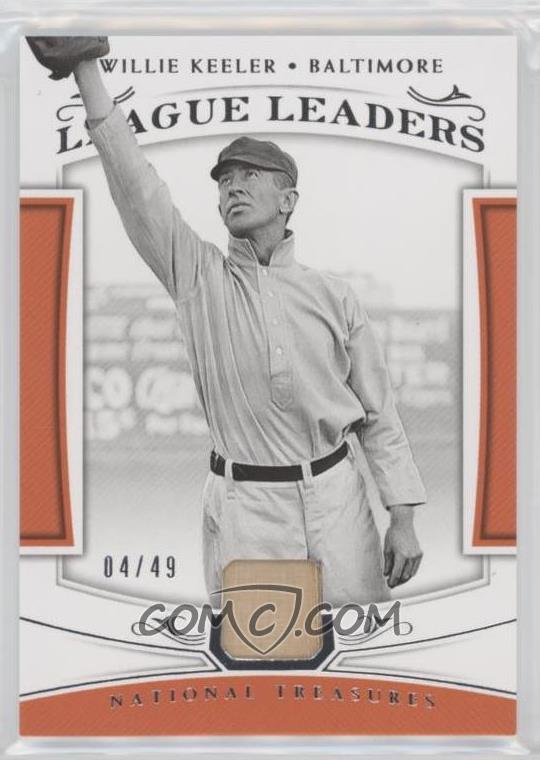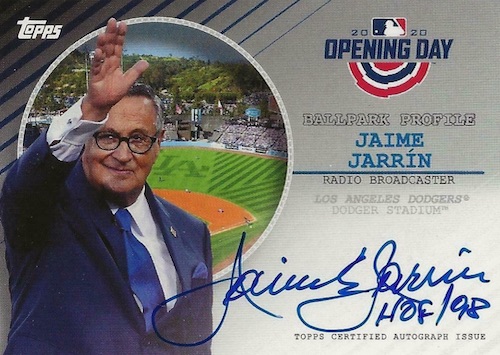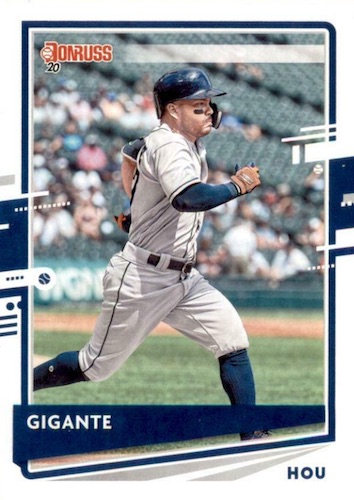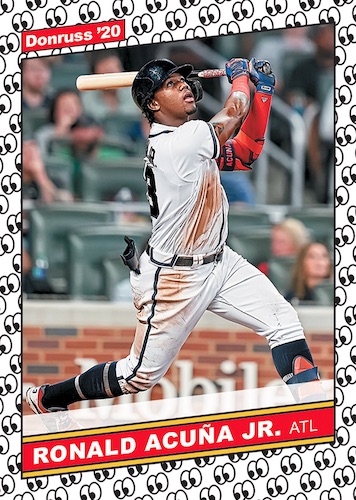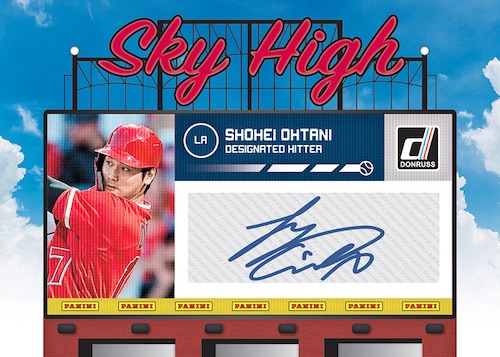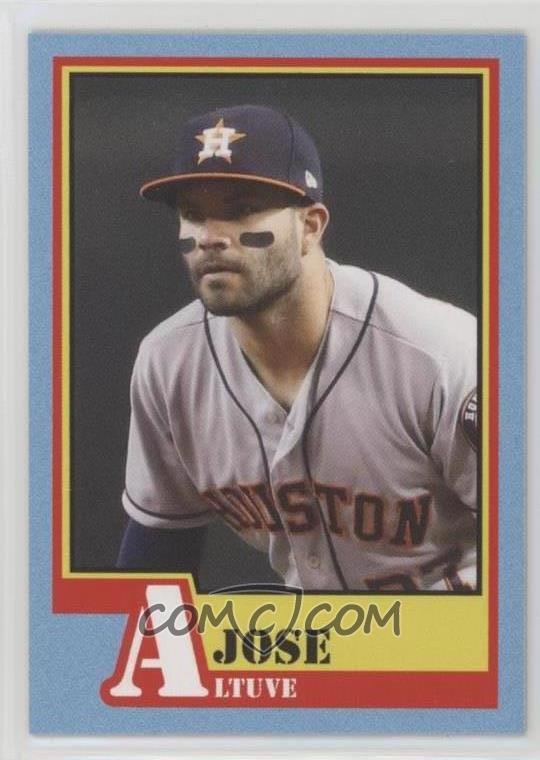A surprisingly easy read,
You Gotta Have Wa by Robert Whiting examines life as a foreign baseball player in Japan.
This book was first written in 1989, and it is still being printed today. That tells you how good it is.
Life in Japan isn't easy for foreigners. We are often considered temporary visitors here to serve a specific role. I'm an English teacher, and as such not considered to be someone who would live here permanently. The Japanese way is considered difficult for foreigners to udnerstand. And it is; likewise, the American way can be difficult for Japanese people to get used to.
Foreign baseball players in Japan also serve a certain role. Many times they are called "suketto", which basically means helper. A player like Cecil Fielder is expected to hit the long ball. While foreigners have taught a thing or two to Japanese players, game strategy and practicing style remained unique to Japan.
Have you seen the 1992 movie
Mr. Baseball, starring Tom Selleck? It's almost forgettable, but there is a lot of truth in what you see in the movie. Selleck's character receives uniform #54, because that is how many home runs he is projected to hit. The manager hits one of his players in the head for making a mistake. The team doesn't know how to have fun; baseball is war. Some players know a little English, but improperly use it or only know catchphrases and insults. The team practice is grueling; at one point Selleck's character is training but isn't allowed to hit. And of course, he has difficulty off the field with customs and culture.
That movie was probably written based on
You Gotta Have Wa. Whiting tells stories, as he attempts to help the reader understand life and baseball in Japan.
Japanese managers hit their players. Physical abuse still exists in the workplace and at home; I've had a parent give me permission to hit their child if they misbehaved, and I've seen a grown man repeatedly hit another on a train.
Saving face is important here. The manager is the boss and not to be questioned. Sensei knows best.
Practice in Japan is an exercise in exhaustion. Literally. Players are forced to undergo drills until they collapse from exhaustion. Thousand ball fielding drills, running drills, throwing drills, hitting drills.
There are lots of customs here foreigners might not know about - pouring drinks for others but not yourself, bathing etiquette, chopstick etiquette...
Japanese baseball philosophy is rooted in its history. Until fairly recently, Japan was a country of fighters: samurai, shoguns. Sumo wrestling is Japan's only real sport. And many of Japan's earliest baseball players had this fighting spirit and a focus on morals, constant work, and will. "Indeed, the emphasis on 'making the effort' was so strong in Japan that how hard a man tried was considered by many to be the ultimate measure of his worth. Results were almost secondary."
Japanese workers go to the office and work long hours, but a recent article suggests that they don't really
do much at the office. It's about showing you are at the office as long as the boss is, not how much work you actually do. Many employees right now are having difficulties working from home because they have mastered looking busy, but don't actually do much, or can't work on their own.
As someone who has been living in Japan for over eight years, I can relate to many of the difficulties and cultural clashes experienced by ex-pats playing ball here. But at the same time, I can see that a lot has changed in Japan. 1989 was the middle of Japan's bubble economy era - a time of great growth in real estate and the stock market, when Japan felt it was better than everyone else. Actually, that sentiment still remains with many.
But in recent years, the number of foreigners living in Japan has increased. The internet and an increase in international business has brought western culture into Japan as more than just a novelty. And where even twenty or thirty years ago the idea of a pitching rotation didn't exist in Japanese managers' minds, they use a six-starter rotation now.
The book is thirty years old and as such is a bit outdated in terms of modern Japan, but that doesn't mean it's not still valuable as a cultural tool. And for those interested in Japanese baseball, it's a must read. I'd love to see a follow-up to this with a look at how Japanese baseball has changed since 1990. Whiting also wrote
The Chrysanthemum and the Bat, so I'll have to keep an eye out for that.





















